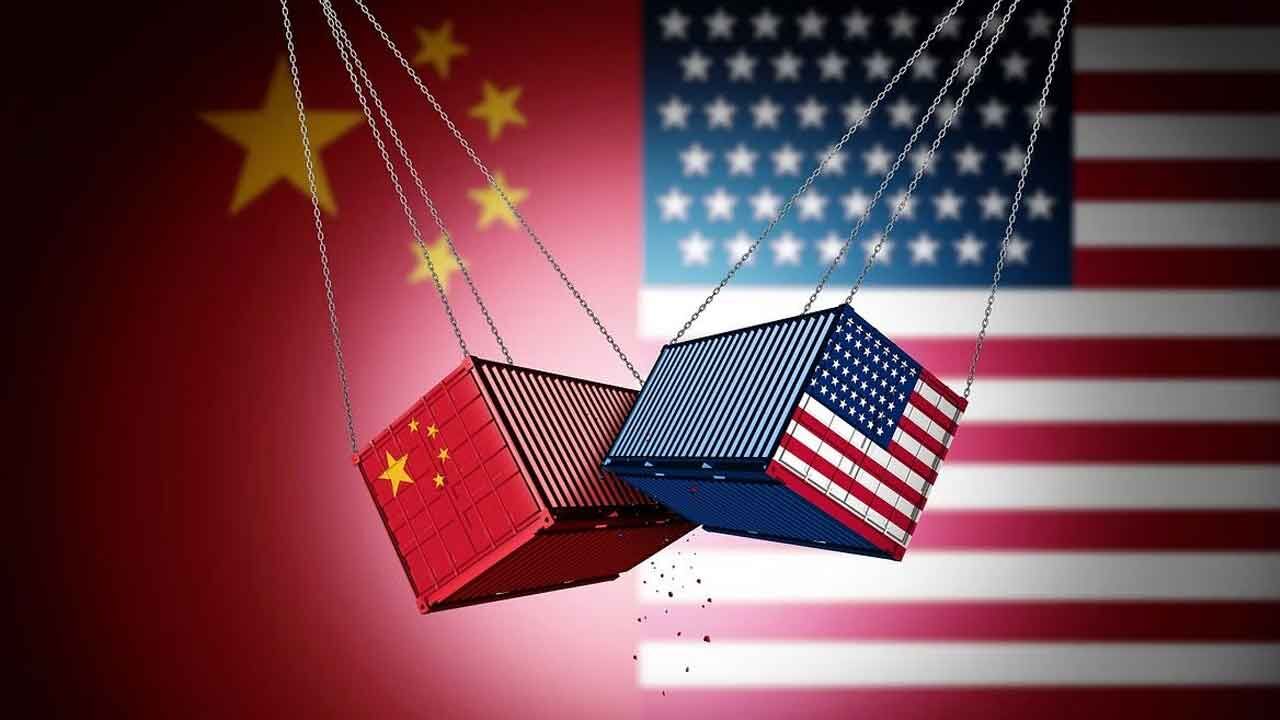
SHIPPING: China cargo bookings expected to plunge as US trade war intensifies
HONG KONG : Container throughput from China’s main ports fell by 6.1% over the past week and cargo bookings over the next three weeks are projected to be down by 30-60% in China and by 10-20% in the rest of Asia as the trade war intensifies.
Market intelligence group Linerlytica said the Labor Day holiday in China will further dampen cargo demand in May which could force carriers to cancel additional sailings over the coming weeks to slow the decline in cargo rates.
US President Donald Trump initiated the trade war by imposing tariffs with the goal of strengthening supply chains and bringing back domestic manufacturing that has increasingly moved overseas.
Lars Jensen, president of consulting firm Vespucci Maritime, noted a survey from television news channel CNBC that showed the effort may be futile.
According to the survey, most respondents said bringing back supply chains could double the costs, leading most to instead search for new sources of material from low-tariff countries.
More than half of respondents said the main impediment to reshoring is high costs, while 21% said finding skilled labor was the top reason.
Instead of moving supply chains back to the United States, 61% of respondents said it would be more cost-effective to relocate supply chains to lower-tariffed countries.
ASIA-US CONTAINER RATES
Average rates rose last week, reversing the trend that saw prices for shipping containers fall steadily from July 2024.
Linerlytica said that three transpacific services have been withdrawn this year, with the MSC Mustang and Premier Alliance PN4 both withdrawn even before they were launched while TS Line’s AWC2 deployed small 1,700 TEU (20-foot equivalent unit) ships on irregular schedules.
“These tentative capacity cuts have done little to restore market balance with further turbulence ahead,” Linerlytica said.
Linerlytica said that recent tariff concessions are likely insufficient to restore transpacific volumes with about 30-40% of transpacific container imports still effectively halted by the tariffs that remain in place.
The trade war is principally affecting carriers with the largest exposure to Chinese transpacific exports to the
US, with Hede (100%), Matson (90%), SeaLead (82%), TS Lines (80%) and COSCO (71%) being most at risk from the immediate fallout.
The following chart shows transpacific liftings by carrier for this year.
Meanwhile, US container imports surged over the first three months of the year as retailers pulled forward volumes to get ahead of the tariffs.
But the Global Port Tracker from the NRF and Hackett Associates is predicting import cargo at the nation’s major container ports to drop dramatically beginning next month, as shown in the following chart.
“Imports during the second half of 2025 are now expected to be down at least 20% year over year,” Hackett Associates Founder Ben Hackett said. “Even balanced against elevated levels earlier this year, that could bring total 2025 cargo volume to a net decline of 15% or more unless the situation changes.”
Container ships and costs for shipping containers are relevant to the chemical industry because while most chemicals are liquids and are shipped in tankers, container ships transport polymers, such as polyethylene (PE) and polypropylene (PP), are shipped in pellets. Titanium dioxide (TiO2) is also shipped in containers.
They also transport liquid chemicals in isotanks.
Source: ICIS
